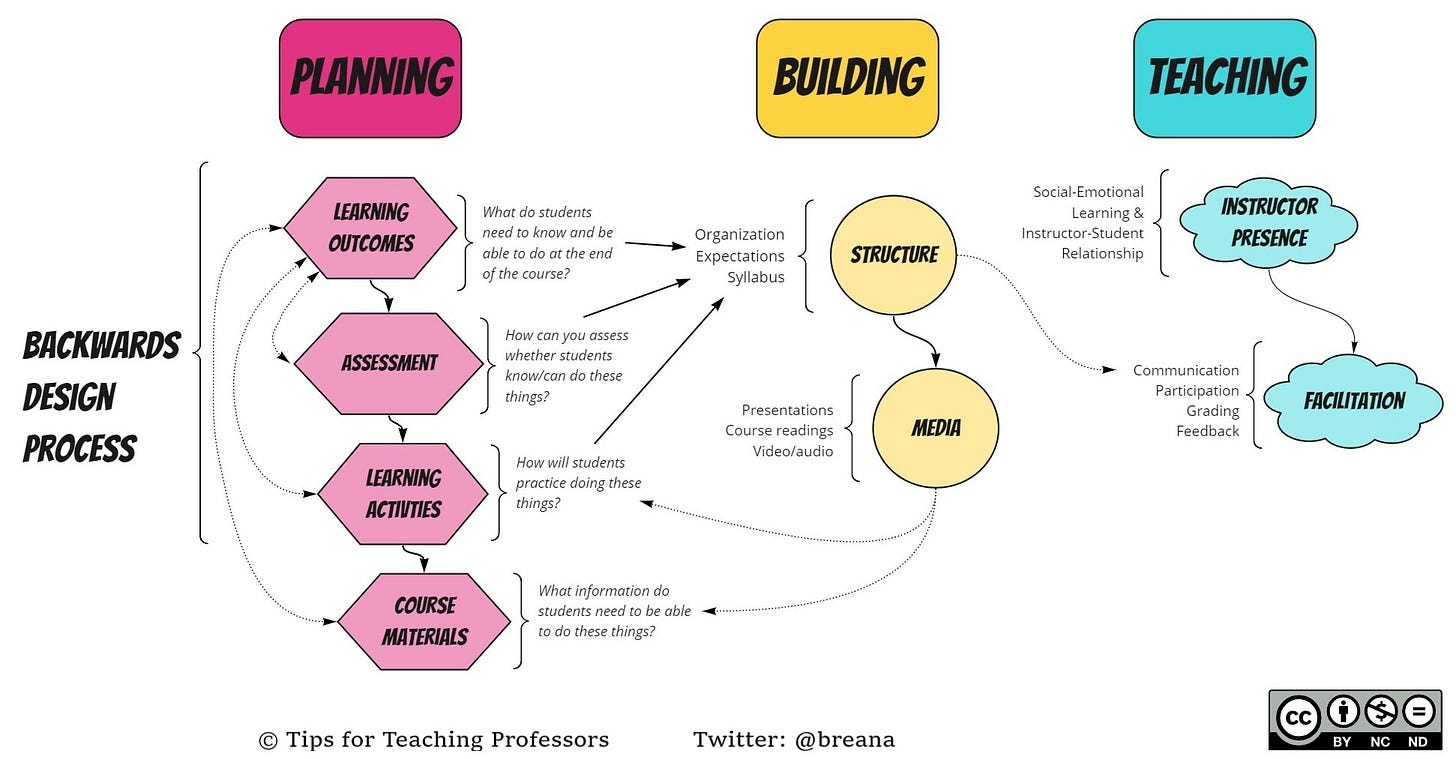https://arstechnica.com/tech-policy/2021/08/zoom-to-pay-85m-for-lying-about-encryption-and-sending-data-to-facebook-and-google/
With the pandemic boosting its videoconferencing business, Zoom more than quadrupled its annual revenue from $622.7 million to $2.7 billion in the 12 months ending January 31, 2021.
Zoombombings
+++++++++++++++
more on Zoom in this IMS blog
https://blog.stcloudstate.edu/ims?s=zoom
What is AI? Here’s everything you need to know about artificial intelligence
An executive guide to artificial intelligence, from machine learning and general AI to neural networks.
https://www-zdnet-com.cdn.ampproject.org/c/s/www.zdnet.com/google-amp/article/what-is-ai-heres-everything-you-need-to-know-about-artificial-intelligence/
What is artificial intelligence (AI)?
It depends who you ask.
What are the uses for AI?
What are the different types of AI?
Narrow AI is what we see all around us in computers today — intelligent systems that have been taught or have learned how to carry out specific tasks without being explicitly programmed how to do so.
General AI
General AI is very different and is the type of adaptable intellect found in humans, a flexible form of intelligence capable of learning how to carry out vastly different tasks, anything from haircutting to building spreadsheets or reasoning about a wide variety of topics based on its accumulated experience.
What can Narrow AI do?
There are a vast number of emerging applications for narrow AI:
- Interpreting video feeds from drones carrying out visual inspections of infrastructure such as oil pipelines.
- Organizing personal and business calendars.
- Responding to simple customer-service queries.
- Coordinating with other intelligent systems to carry out tasks like booking a hotel at a suitable time and location.
- Helping radiologists to spot potential tumors in X-rays.
- Flagging inappropriate content online, detecting wear and tear in elevators from data gathered by IoT devices.
- Generating a 3D model of the world from satellite imagery… the list goes on and on.
What can General AI do?
A survey conducted among four groups of experts in 2012/13 by AI researchers Vincent C Müller and philosopher Nick Bostrom reported a 50% chance that Artificial General Intelligence (AGI) would be developed between 2040 and 2050, rising to 90% by 2075.
What is machine learning?
What are neural networks?
What are other types of AI?
Another area of AI research is evolutionary computation.
What is fueling the resurgence in AI?
What are the elements of machine learning?
As mentioned, machine learning is a subset of AI and is generally split into two main categories: supervised and unsupervised learning.
Supervised learning
Unsupervised learning

Which are the leading firms in AI?
Which AI services are available?
All of the major cloud platforms — Amazon Web Services, Microsoft Azure and Google Cloud Platform — provide access to GPU arrays for training and running machine-learning models, with Google also gearing up to let users use its Tensor Processing Units — custom chips whose design is optimized for training and running machine-learning models.
Which countries are leading the way in AI?
It’d be a big mistake to think the US tech giants have the field of AI sewn up. Chinese firms Alibaba, Baidu, and Lenovo, invest heavily in AI in fields ranging from e-commerce to autonomous driving. As a country, China is pursuing a three-step plan to turn AI into a core industry for the country, one that will be worth 150 billion yuan ($22bn) by the end of 2020 to become the world’s leading AI power by 2030.
How can I get started with AI?
While you could buy a moderately powerful Nvidia GPU for your PC — somewhere around the Nvidia GeForce RTX 2060 or faster — and start training a machine-learning model, probably the easiest way to experiment with AI-related services is via the cloud.
How will AI change the world?
Robots and driverless cars
Fake news
Facial recognition and surveillance
Healthcare
Reinforcing discrimination and bias
AI and global warming (climate change)
Will AI kill us all?
+++++++++++++
more on AI in this iMS blog
https://blog.stcloudstate.edu/ims?s=artificial+intelligence+education
10 Teacher Picks for Best Tech Tools
Teachers and administrators from pre-K through 12th grade named these tools their top picks for this year and beyond.
https://www.edutopia.org/article/10-teacher-picks-best-tech-tools
the responses of 1,461 virtual learning academy participants—pre-K to 12 teachers and administrators—to survey questions on impactful tools that I conducted from May to December 2020, and over 70 webinars and virtual learning sessions, these are the top teacher-tested tech tools I have identified.
+++++++++++++++++
more on ID in this IMS blog
https://blog.stcloudstate.edu/ims?s=instructional+design
When is fact-checking more rhetoric than fact
https://www.chronicle.com/newsletter/chronicle-review/2021-07-29
“Twitter’s enforced brevity privileges the factoid,” for instance, and outlets like Vox have “built a brand around a house style that blends earnest righteousness and complacent, self-satisfied wonkery.” (https://www.chronicle.com/article/the-rise-of-the-pedantic-professor/)
“fact-grubbing” rhetoric, not fact-checking; their purpose was to persuade, not to explain, and at their worst they shaded into propaganda.
++++++++++++++++++++
more on fake news in this IMS blog
https://blog.stcloudstate.edu/ims?s=fake+news
+++++++++++++++++
more on Metaverse in this IMS blog
https://blog.stcloudstate.edu/ims?s=metaverse
https://www.illuminatehighereducation.com/episodes/37
“campuses have low digital literacy”
“earning [degree] model” must be replaced with teaching people “how to learn.”
automation
++++++++++++++++++++++++++
more on disruption on higher ed in this IMS blog
https://blog.stcloudstate.edu/ims?s=disrupt+higher+education
Call for Chapters:
Inspiring Change: Lessons for Leaders about Large-Scale Technology Implementation
https://drive.google.com/file/d/10N-_8rwPnpmtkJu1q2Cs-BuyDs0s6bw3/view
Through storytelling and narrative case studies, this book proposes to provide evidence-based practices, practical strategies, administrative considerations, and management tools for K12 and post-secondary school leaders charged with implementing technology at scale. It intentionally takes a broad view across all education levels to tell stories about how large-scale technology implementations might inspire systemic changes and new collaborations. In order to do so, this book proposes to include diverse voices and perspectives representing K12 and post-secondary institutions with the goal of facilitating equitable, sustainable technology access for learner success.
++++++++++++++++++++
More on ED Leadership and Technology in this IMS blog
https://blog.stcloudstate.edu/ims?s=edad+technology
Tip: Planning by Design
Stage 1: Planning learning outcomes, assessment, learning activities & course materials.
https://higheredpraxis.substack.com/p/tip-planning-by-design
The idea of backwards design has been around for several decades, starting with Understanding by Design, published in 1998 by Grant Wiggins and Jay McTigue.
- Learning Outcomes.
- Assessment.
- Learning Activities.
- Course Materials.

+++++++++++++++++

